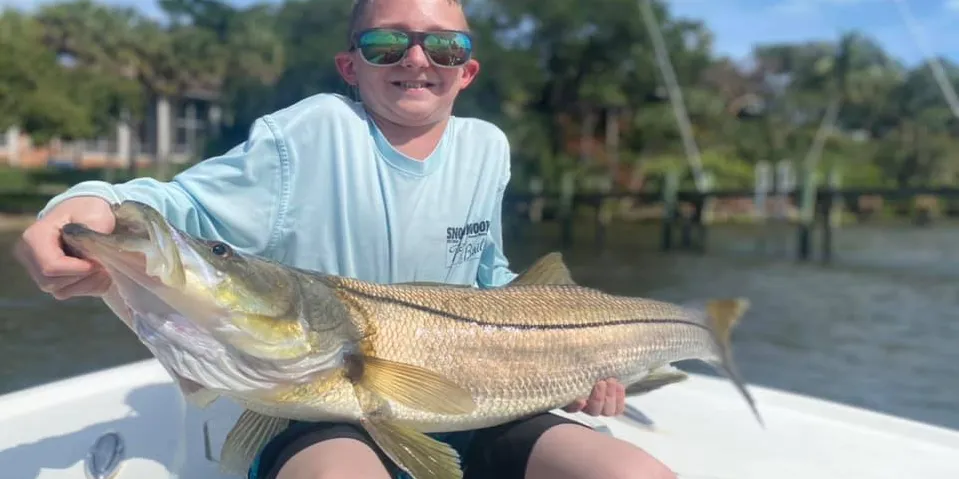Introduction :
If you’ve ever tried your luck at snook fishing, you know the excitement of the chase and the thrill of reeling in these spirited fish. But have you ever wondered why there are so many rules when it comes to catching snook?
Cracking the Code on Snook: Snook, a type of saltwater fish, are a popular catch, especially the Common Snook. With their acrobatic moves and challenging fights, these coastal wonders are a favorite among anglers. However, the regulations surrounding snook fishing might leave you wondering what’s behind the scenes.
1. Keeping Things in Balance: One major reason for all these rules is conservation. Snook populations are at risk of being overfished due to their popularity, both among recreational and commercial fishers. Regulations are in place to ensure that there are always enough snook around and that we don’t deplete their numbers.
2. Timing Is Everything: Snook don’t like the cold. When the water temperature drops, they become sluggish. Regulations often include times when fishing for snook is off-limits, especially during colder months. This helps protect the snook that gather in specific areas seeking warmer waters.
3. Safeguarding the Spawning Season: During spawning season, snook form large groups in inlets and passes. Fishing regulations might have closures during these times to protect the spawning snook. Preserving these crucial moments in their life cycle ensures a healthy population and future generations of snook.
4. Size and Quantity Limits: Rules often set limits on the size and number of snook you can catch. Minimum size limits protect young snook, giving them a chance to mature before being caught. Bag limits prevent people from catching too many snook, which could harm the overall population.
5. Protecting their Homes: Snook depend on various coastal habitats, from mangroves to seagrass beds. Regulations may include measures to safeguard these habitats, ensuring they remain healthy breeding and feeding grounds for snook.
6. Spreading the Word: Rules also play a role in educating the public about responsible fishing. By explaining the importance of these regulations, authorities hope to get anglers involved in sustainable practices, ensuring that snook fishing remains exciting and sustainable for generations.
In a Nutshell:
While snook fishing rules might seem strict, they’re there to ensure the well-being and longevity of this beloved species. Conservation efforts, timing considerations, and habitat protection all contribute to maintaining a balance between the joy of snook fishing and the preservation of these incredible fish for the future. Understanding and following these rules mean that snook fishing can continue to be an enjoyable and responsible tradition.
















